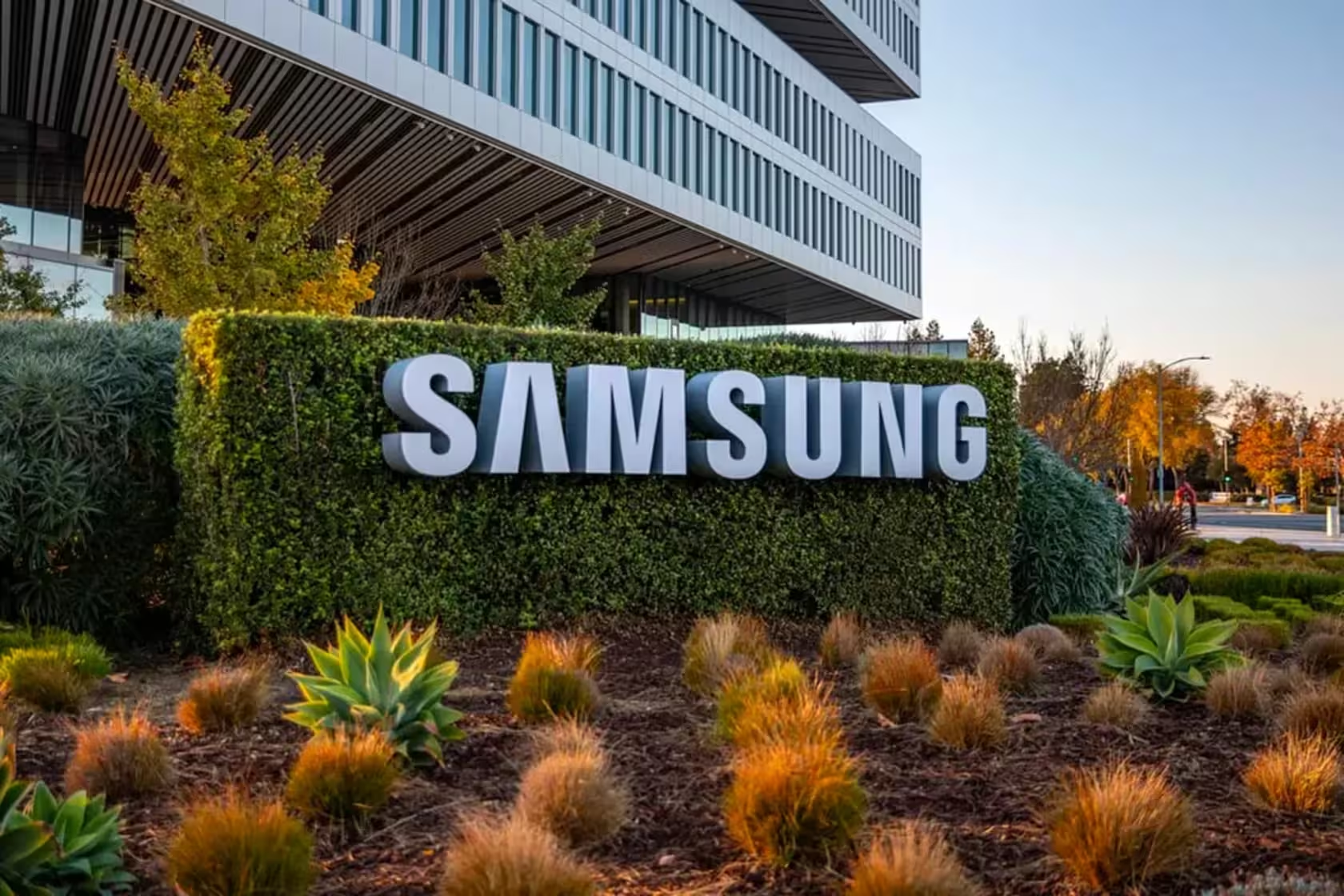3 Minutes
Samsung has once again asserted its dominance across Asia, claiming the top spot in Nikkei's 2025 Global Brand Survey for the second consecutive year. The South Korean giant's rising regional influence underscores a blend of smart marketing, constant innovation, and deep consumer trust.
How the Nikkei survey measures brand strength
The Nikkei Global Brand Survey evaluated more than 200 brands and gathered responses from about 70,000 consumers across 11 countries and regions. Brand value was scored using two main metrics: brand strength (how well a brand is recognized) and the brand's influence on purchasing decisions. In other words, the study looked at awareness and impact — not just headlines.
Where Samsung leads — and why it matters
Samsung topped the rankings in several key Asian markets, including Thailand, Malaysia, Vietnam, Indonesia, and India. That’s a notable expansion compared with last year, when it only led in Vietnam. This broader win reflects steady growth in brand perception across the region.
Why does this matter to consumers and industry watchers? Because brand position often signals more than product specs. It reflects trust, design credibility, after-sales reputation, and cultural relevance. Samsung’s sustained climb suggests the company is connecting on multiple levels — from flagship devices to ecosystem services.

Competing with global heavyweights
The Nikkei list mixed household names from different industries: sports brands like Adidas and Nike, automakers such as BMW, Toyota and Honda, and tech titans including Apple and Microsoft. Despite this crowded field, Samsung emerged on top. Notably, Apple placed fourth.
That kind of cross-industry comparison highlights Samsung’s broad appeal. It’s not just a tech brand; it’s a lifestyle presence in many Asian markets, competing for attention alongside fashion, automotive, and entertainment brands.
What’s behind Samsung’s regional momentum?
- Continuous product innovation across smartphones, home appliances and displays.
- Targeted marketing and strong local partnerships that resonate with consumers in different countries.
- Investment in design and user experience, which boosts perceived value.
- Cultural relevance — campaigns and products that reflect local tastes and priorities.
Imagine walking into an electronics store in Jakarta or Bangalore and seeing the same blend of premium hardware and practical features — that consistent experience builds recognition and ultimately purchase intent.
For tech watchers and marketers alike, Samsung’s performance in the Nikkei survey is a reminder that global brands still need local strategies. Winning hearts across Asia means balancing global innovation with regional nuance — and for now, Samsung seems to be striking that balance effectively.


Leave a Comment